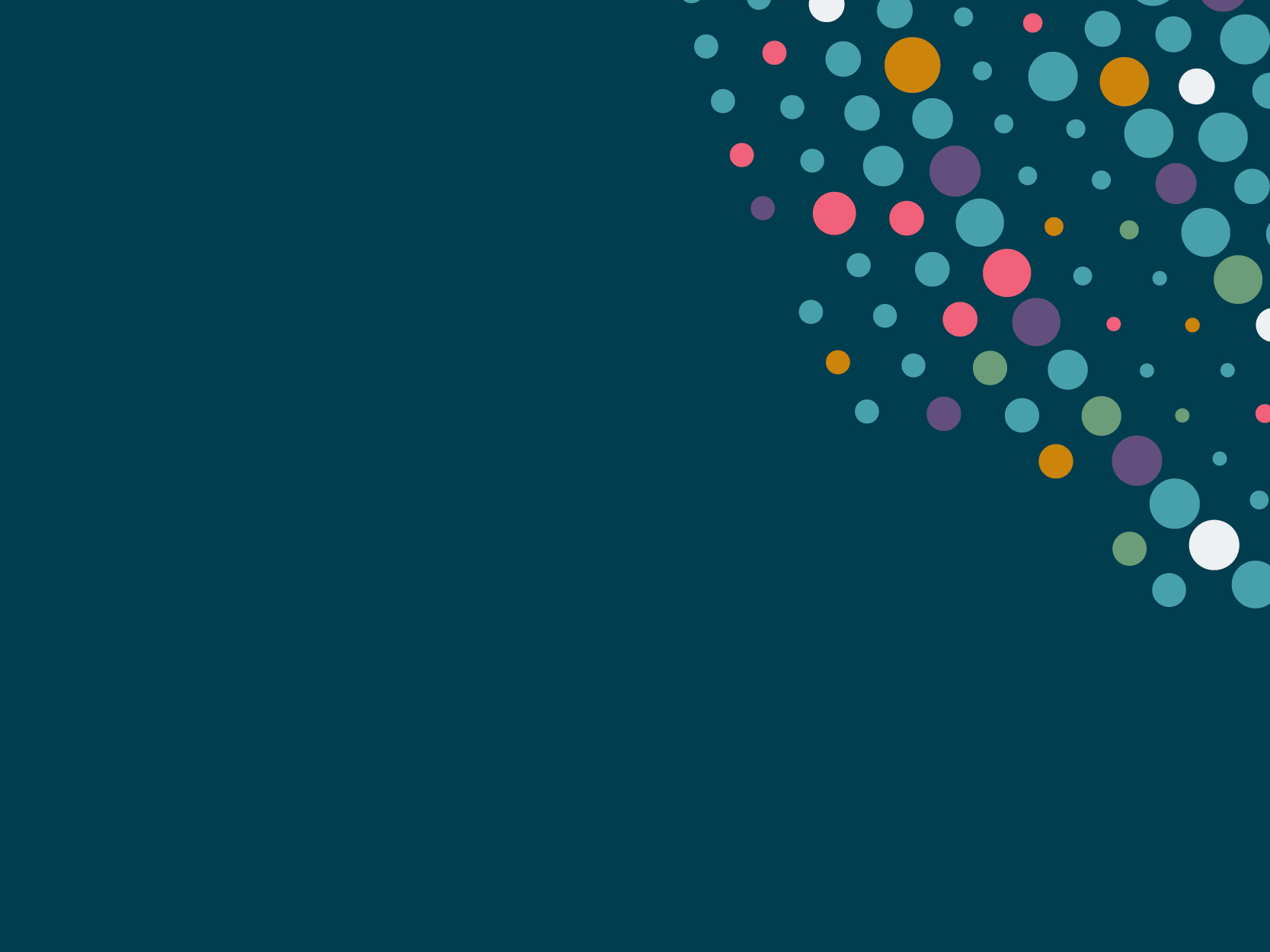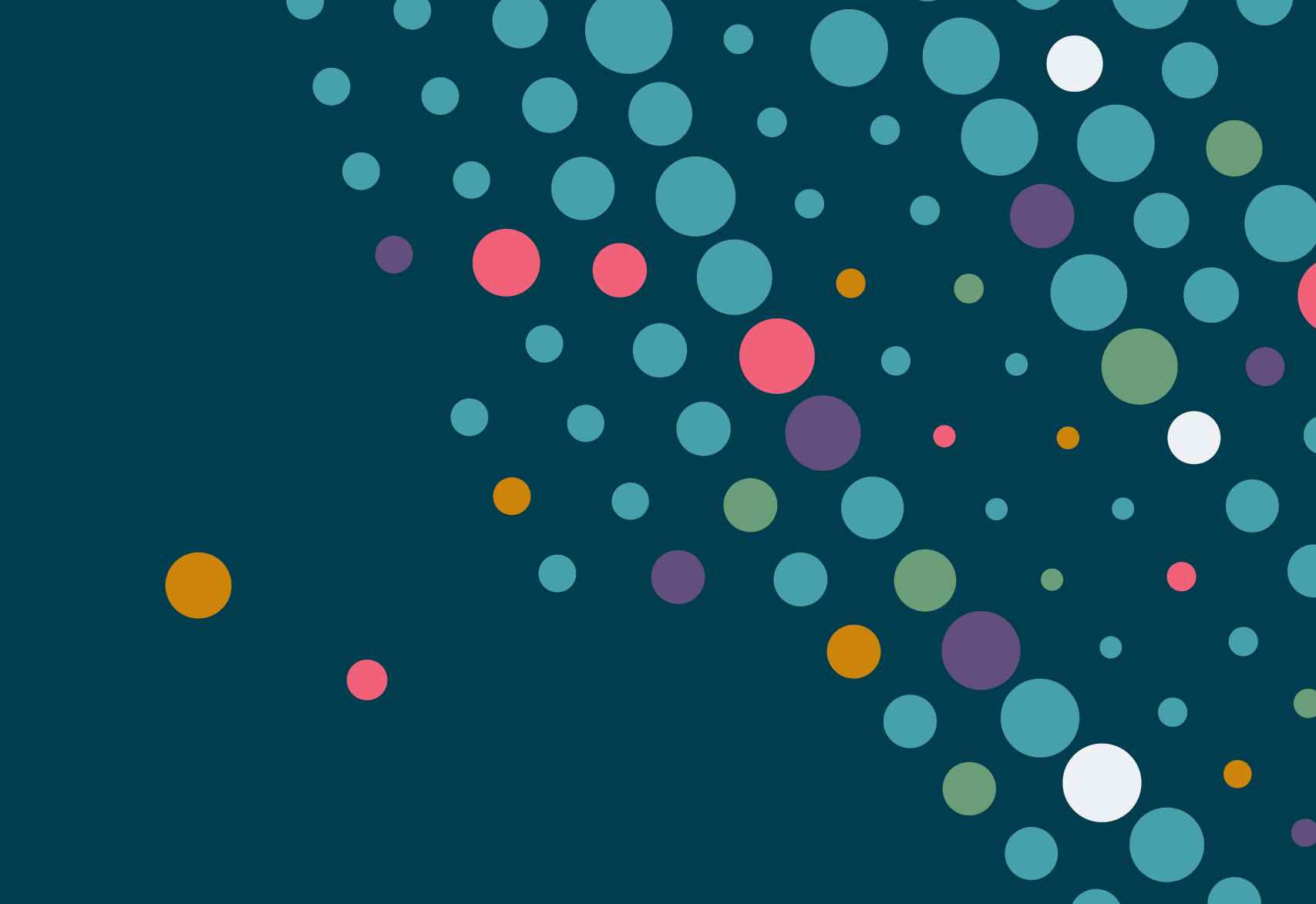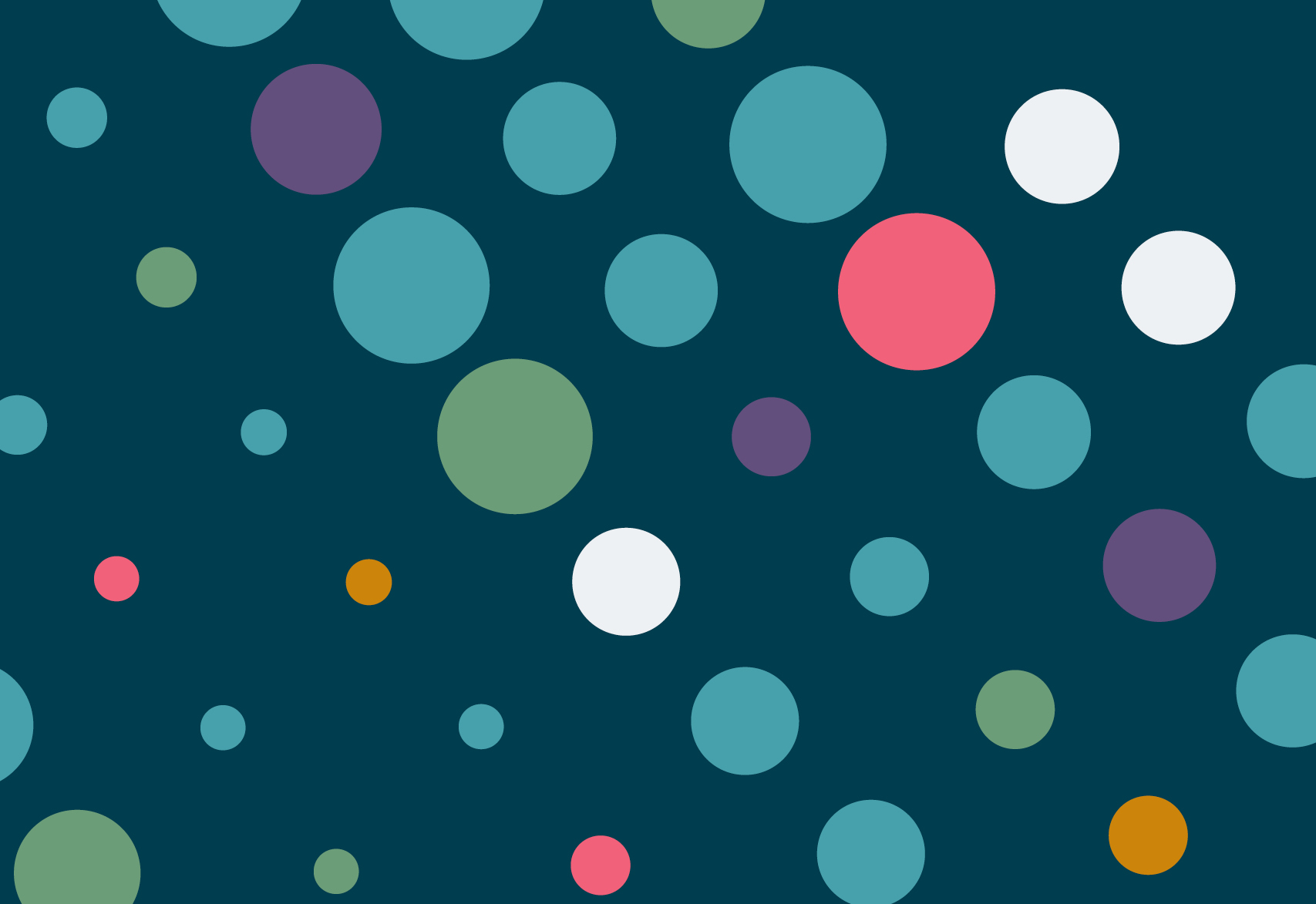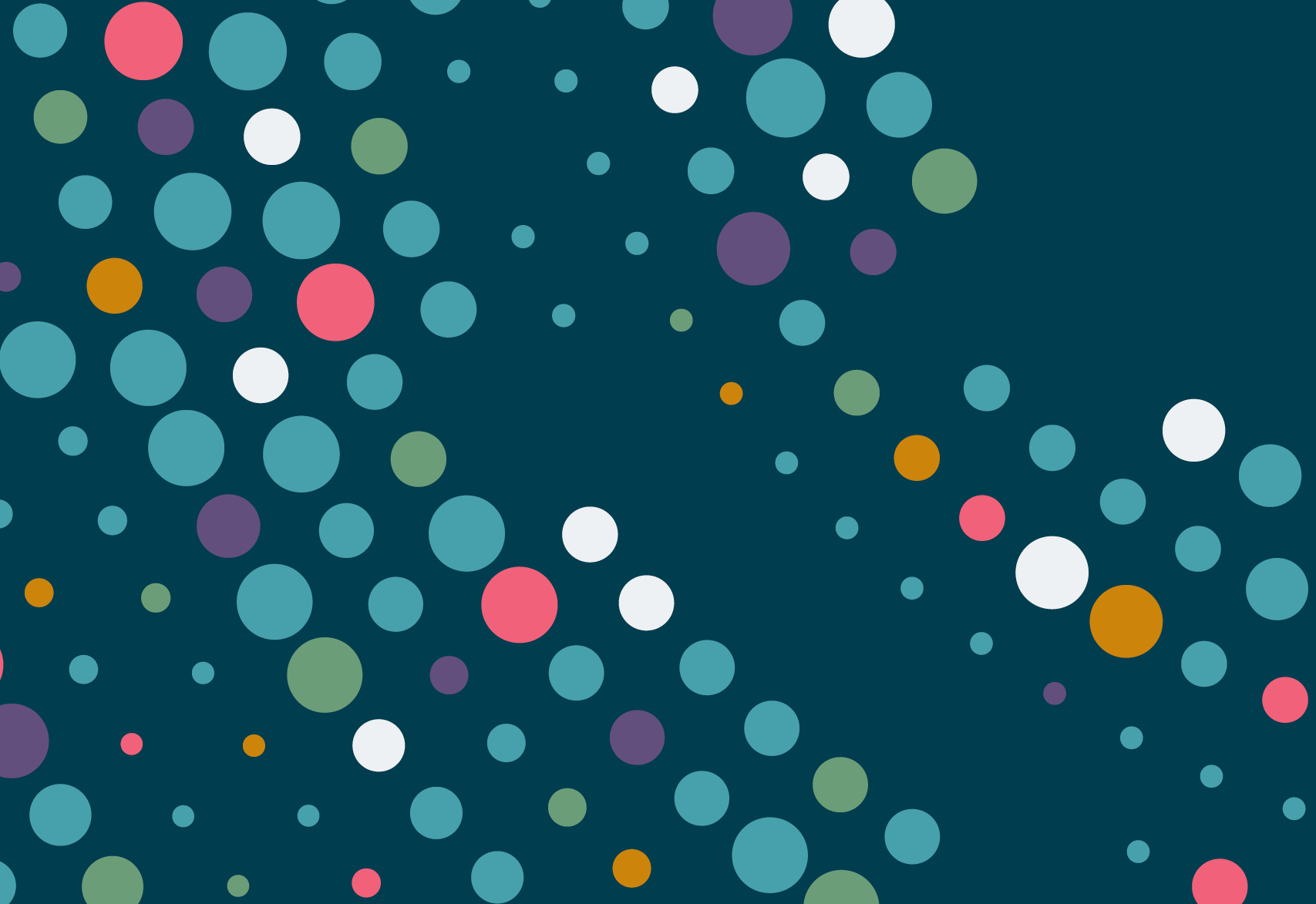A knowledge graph is a tool for representing data. Instead of a spreadsheet of isolated facts, with a knowledge graph you have something more akin to a map or network where entities (such as “customers” or “products”) are connected by relationships (like "purchased"). This creates a rich, interconnected picture of your data.
It can help improve organizational analytics, drive AI initiatives and improve product functionality among many other things. In short, knowledge graphs offer businesses a completely new way of thinking about data.

What is it?
A network of connected entities and their relationships, creating structured, actionable information.

What’s in it for you?
Improved insights, faster decisions, enhanced data integration and better understanding of complex relationships.

What are the trade-offs?
Knowledge graphs can be complex, and require initial investment and ongoing maintenance and stewardship.

How is it being used?
Common applications include search, fraud detection and drug discovery.
What are knowledge graphs?
Knowledge graphs are a kind of database that emphasizes connections, rather than just individual data points. They represent information about real world data and entities and the relationships between them, in a way that enables companies to find out things they didn't know before.
The relationships are defined by something called an ontology — a formal description of concepts and their connections in a given domain or organization. Data from different sources is then integrated into the graph structure, to build a networked and comprehensive picture of your organizational data.
What’s in it for you?
Knowledge graphs offer:
Deeper insights. They reveal connections you wouldn't see in traditional databases.
Increased efficiency. They can help teams streamline data access and integration.
Improved accuracy. By reducing data silos and removing inconsistencies knowledge graphs can improve the accuracy and quality of your data.
- Greater agility. Connected data means faster analysis, so you can make better decisions faster and respond to change quickly.
What are the trade-offs of using knowledge graphs?
Knowledge graphs can be complex. Building and maintaining a robust knowledge graph can be intricate. It typically requires specialized expertise.
Data integration can be challenging. Although knowledge graphs can help you overcome integration challenges once implemented, taking the steps necessary to Integrate data from various sources can be time-consuming and requires significant effort.
Scalability. Handling very large and complex graphs can present technical challenges that can cost time and money.
Cost. Initial investment in technology and expertise can be significant.
How are knowledge graphs being used?
Many major technology companies use knowledge graphs. Google, for instance, uses a knowledge graph to power search results, while for Airbnb, knowledge graphs have long been a foundation of how the platform brings together data from a huge range of sources to create better experiences for travellers.
They’re also being used in research fields such as drug discovery to better model and represent relationships between different elements, and also helping improve information retrieval in LLM-driven chat applications.



















